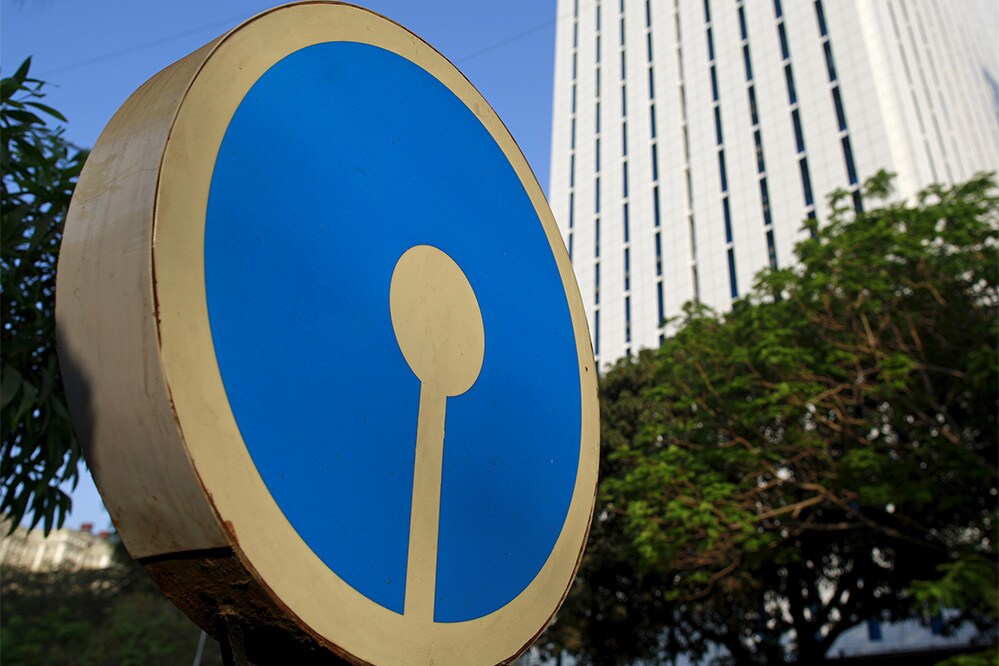
SBI Q1 FY18 merged entity shows massive surge in profits, but asset quality drags
Chairman Arundhati Bhattacharya confident that slippages ratio will trend downward

State Bank of India (SBI), India’s largest lender by assets, on Friday announced its first consolidated earnings data after its mega seven-way merger of five of its associate banks and the Bharatiya Mahila Bank with itself, which completed in April 2017.
So while profit numbers for the consolidated entity soared (a 436 percent jump to Rs 2,006 crore in Q1FY18 from Rs 374 crore a year earlier), so did the non-performing assets (NPAs) – the gross NPA ratio rose to 9.97 percent of gross advances in the April to June quarter, compared to 6.90 percent for the solo entity on March 31, 2017.
The bank has however said that due to the merger of its associate banks with itself, the results were not comparable with the previous year.
The bank, in a presentation to the media, has indicated that “lower retail slippages and higher recoveries will lead to reduction in retail NPAs. In value terms, slippages for Q1FY18 were at Rs 26,249 crore in the June-ended quarter, compared to Rs 28,590 crore in the corresponding quarter a year earlier.
SBI chairman Arundhati Bhattacharya was confident that the slippage ratio would decline to below 3.3 percent for the twelve months to March 2018. The slippage ratio was at 5.38 percent in the June-ended quarter and 5.78 percent in March 2017.
What makes Bhattacharya optimistic is that only 5 percent of the corporate slippages have actually come from outside the Bank’s ‘watch list’ and the bank’s top management is confident that even in future quarters, the slippages would remain from the watch list.
SBI’s net interest margins slid to 2.36 percent in the three months to June 2017 (for the merged entity), compared to 2.74 percent in the March-ended quarter and 2.84 percent in the June-ended quarter last year.
SBI’s stock fell after the earnings data came in, closing down 5.36 percent at Rs 280.65 at the BSE,
SBI’s cost-to-income ratio increased by 460 basis points year-on-year to 53.64 percent as on June 30, 2017 from 49.04 percent a year earlier and by 410 basis points sequentially from 49.54 percent as on March 2017.
State Bank of Patiala, State Bank of Bikaner and Jaipur, State Bank Of Hyderabad, State Bank of Mysore and State Bank of Travancore, the five associate banks merged with the parent, SBI. The Bank has so far merged 594 branches till August 6, 2017. Bhattacharya expects to complete the branch merger by September 2017, against an earlier target of mid-2018. The rationalization of branch and administrative offices will result in savings in excess of Rs. 1,160 crore per annum.
One positive is that the bank’s digital banking presence continues to get stronger. Internet banking transactions now account for 30 percent of SBI’s total number of transactions. The bank will now get ready to launch the initial public offering of its life insurance subsidiary SBI Life, in the next quarter.
X





